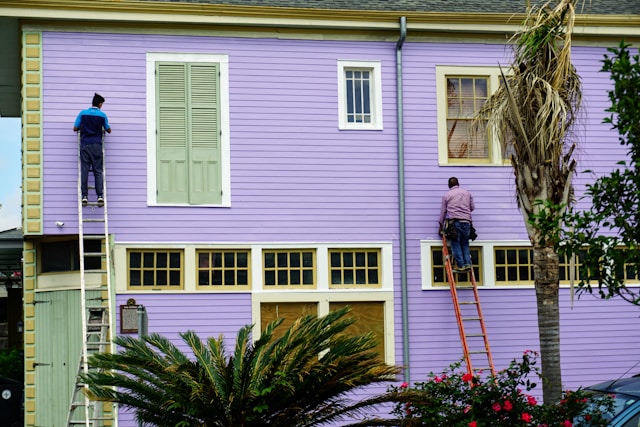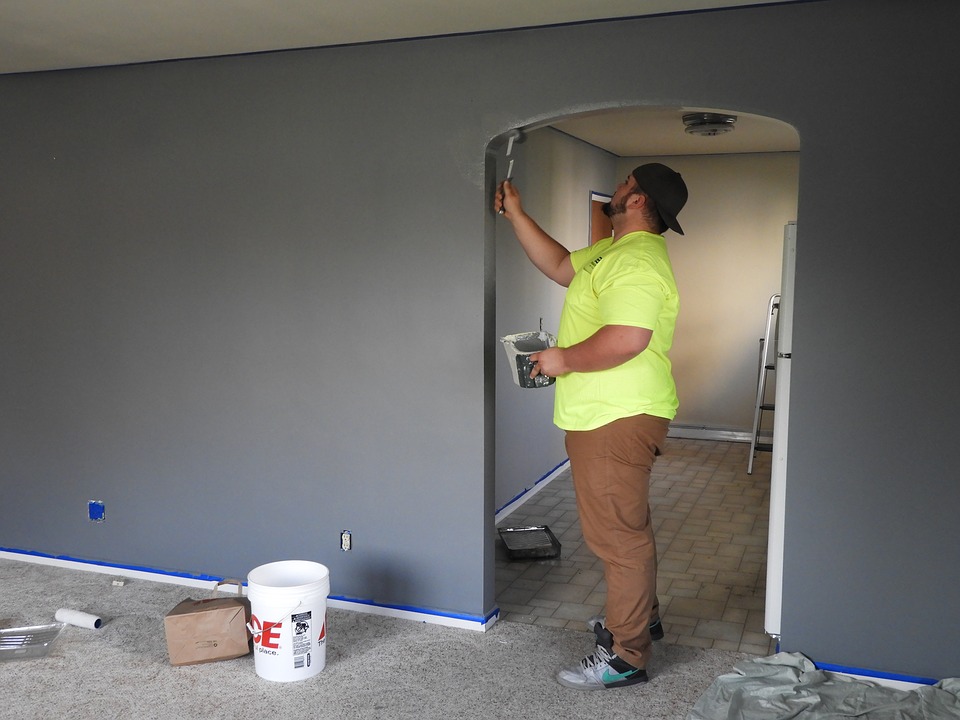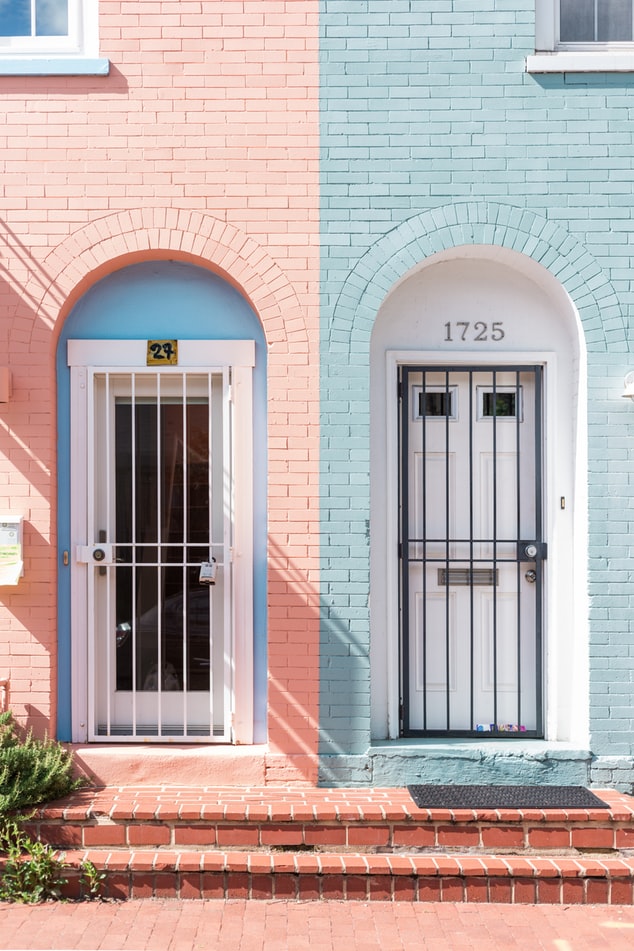The exterior of a house is its first line of defense against weather, moisture, and structural wear. Small cracks, leaks, or minor signs of damage may seem harmless at first glance, but these seemingly insignificant issues can evolve into major problems if left unattended.
In areas like Pittsburgh, where shifting temperatures and frequent moisture exposure put additional stress on building materials, even the smallest exterior flaws can worsen quickly. Water intrusion, pest infestations, and gradual structural weakening are only a few of the risks.
Beyond the apparent cosmetic concerns, these minor exterior damages can lead to extensive repairs and significant financial losses over time. Understanding the hidden consequences of ignoring these issues is essential for maintaining a safe, durable, and valuable home.
Addressing Siding Damage Before It Escalates
Siding serves as a crucial barrier, shielding the structure of a house from moisture, pests, and harsh weather elements. Even small cracks or leaks in siding panels can allow water to penetrate beneath the surface, where it quietly damages insulation and wooden frameworks.
Over time, this hidden moisture intrusion encourages mold growth, accelerates rot, and weakens the overall structural integrity of exterior walls. What seems like a minor cosmetic issue can eventually demand expensive repairs if left unattended.
In regions where seasonal weather changes bring cycles of heavy rain, humidity, and fluctuating temperatures, siding is especially prone to premature wear. Repeated exposure to moisture and temperature swings causes materials to expand, contract, and eventually crack, making regular inspections essential. Engaging a reputable Pittsburgh siding repair company ensures that these vulnerabilities are addressed before they progress into severe structural or insulation problems.
Skilled professionals familiar with such climate-driven wear patterns can provide targeted solutions, extending the life of the siding and maintaining a home’s energy efficiency.
The Chain Reaction of Water Infiltration
One of the most significant dangers of ignoring cracks and leaks is water infiltration. Even a small gap in an exterior wall, window frame, or foundation can allow water to enter. Once moisture finds its way inside, it spreads into insulation, wood framing, and interior walls. Damp conditions encourage the growth of mold and mildew, which not only threaten structural components but also negatively impact indoor air quality.
Water damage also weakens foundational materials over time. Bricks may start to crumble, concrete can develop internal fractures, and wooden beams may lose their load-bearing capacity. What starts as a minor leak can ultimately compromise the stability of a house. Repairing water damage at this stage is far more expensive than sealing cracks early. Regular exterior inspections and maintenance remain the best defense against such costly chain reactions.
Pest Infestations Through Exterior Cracks
Cracks in siding, brickwork, or window frames do more than let water in; they provide easy access for pests. Termites, carpenter ants, and rodents often exploit small openings to gain entry into a house. Once inside, they can multiply rapidly, damaging insulation, wiring, and wooden structures. Termites, in particular, can silently destroy support beams, causing structural instability that may require extensive repairs.
Preventive maintenance and sealing exterior gaps are crucial to avoiding infestations. While pest control services can eliminate existing colonies, repairing entry points is the most effective long-term solution for preventing future infestations. Ignoring these small cracks essentially invites pests to thrive, creating another layer of hidden costs for homeowners.
Energy Efficiency and Rising Utility Bills
Small exterior cracks and leaks are also significant contributors to energy inefficiency. Air leaks through gaps in siding, windows, and door frames disrupt indoor temperature regulation. During colder months, warm air escapes through these openings, forcing heating systems to work harder. In summer, cool air leaks out, causing air conditioners to consume more electricity to maintain comfortable indoor conditions.
The cumulative effect of these inefficiencies is a steady rise in utility bills. While homeowners may attribute increasing energy costs to seasonal changes or appliance usage, unnoticed exterior leaks often play a major role. Sealing cracks and maintaining exterior surfaces ensures that insulation performs effectively, reducing energy waste and lowering monthly utility expenses.
Structural Weakness and Long-Term Repairs
Every house relies on a solid exterior to protect its internal framework. When cracks or leaks are neglected, water infiltration and weathering gradually weaken load-bearing elements such as beams, columns, and foundations. Over time, this can lead to structural shifts, including uneven flooring, cracked interior walls, and sagging roofs. Addressing such extensive damage requires professional structural repair, which is significantly more expensive and invasive than early preventive measures.
In many cases, homeowners are unaware of the underlying structural compromise until visible signs appear inside the house. By the time doors stick, floors warp, or walls crack, extensive repairs become inevitable. Regularly addressing small exterior damages helps maintain the structural stability of a house and prevents these expensive issues.
Aesthetic Decline and Property Value Loss
Curb appeal plays a major role in property value. Cracked siding, peeling paint, and visible leaks make a house look poorly maintained, reducing its market appeal. Potential buyers often view these visible damages as indicators of deeper structural issues, which can significantly decrease resale value. Even if the house remains structurally sound, neglected exterior damages create a perception of neglect that affects buyer confidence.
Investing in routine exterior maintenance ensures that a house maintains its aesthetic appeal and remains competitive in the real estate market. Addressing cracks and leaks not only preserves the property’s functionality but also protects its overall value.
Hidden Health Risks from Mold and Mildew
Beyond structural damage, moisture intrusion caused by neglected cracks and leaks contributes to hidden health risks. Mold and mildew thrive in damp conditions, spreading spores that can trigger respiratory problems, allergies, and other health issues. Families with children, elderly individuals, or those with existing respiratory conditions are particularly vulnerable.
Once mold spreads into walls, ceilings, or insulation, removing it becomes a costly and labor-intensive process. Preventing moisture entry through regular exterior inspections is far easier and cheaper than dealing with widespread contamination later.
The Compounding Cost of Delay
What makes small cracks and leaks so financially damaging is the compounding cost of delay. A minor crack may initially require a simple sealing job, but over time, as water intrusion and structural weakening progress, repairs become more complex and expensive. A neglected siding issue can eventually require partial or complete replacement. A small foundation crack can evolve into a structural reinforcement project. Each delayed repair adds layers of cost, turning what could have been a minor maintenance expense into a major financial burden.
Ignoring small cracks and leaks on a house’s exterior is a costly mistake that extends beyond cosmetic concerns. These minor damages can trigger a chain reaction of structural weakness, pest infestations, water damage, and energy inefficiency. Over time, they reduce property value, increase utility bills, and pose health risks.
Routine exterior inspections and timely repairs remain the most effective way to protect a home’s structural integrity, preserve its market value, and prevent escalating repair costs. Preventive maintenance may seem like an added expense initially, but it is far less expensive than the hidden financial and structural consequences of neglect.



